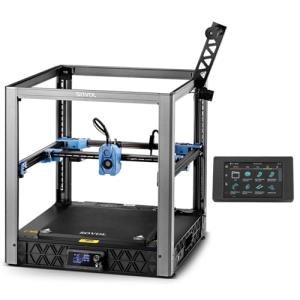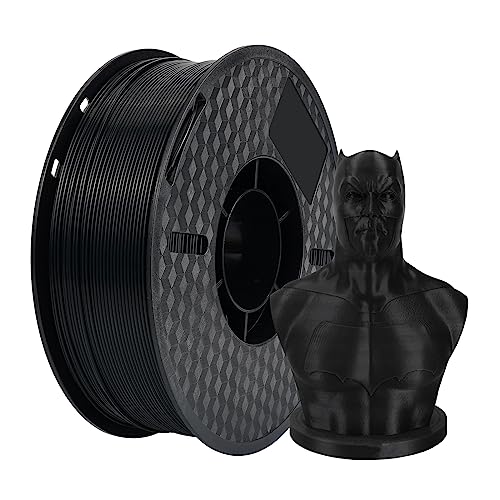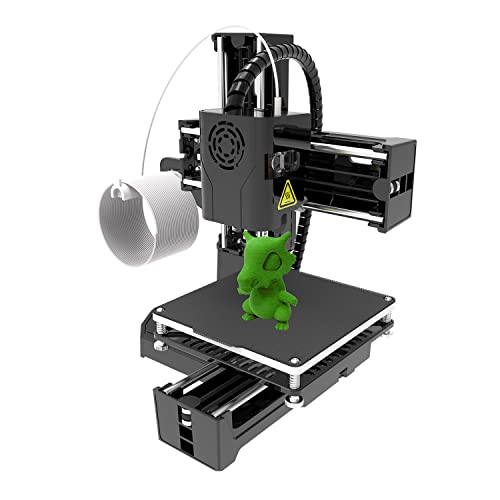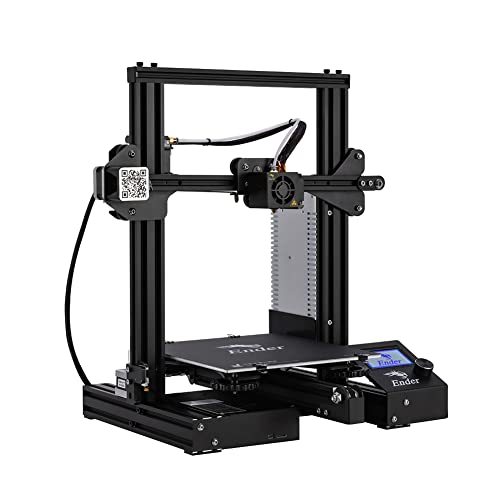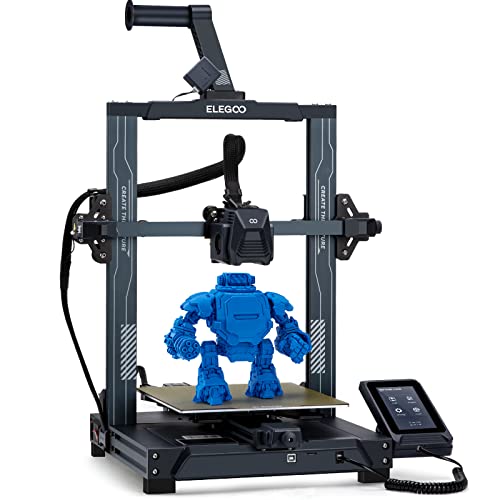Getting into 3D printing? Awesome! But before you dive in, let’s talk about some essential tools to make your journey smoother. Investing in the right 3D printer accessories will save you time and frustration, plus help you create the best prints possible.
First up, consider a quality slicing software. This software takes your 3D model and translates it into instructions your printer can understand. Popular options like Cura or PrusaSlicer are user-friendly and often free. They let you tweak settings like layer height and print speed, which can drastically impact your results.
Next, a good set of tools for handling prints is a must. You’ll want a sturdy spatula to remove finished pieces from the print bed without damaging them. A pair of tweezers is great for quick adjustments or pulling away stray filament. Plus, a fan can help cool down your prints faster, especially if you’re working with materials like PLA.
Finally, don’t forget about filament storage. Keeping your filaments in a dry, moisture-free environment is key. Look for airtight containers or desiccant packs to keep your materials from absorbing moisture. This way, you’ll ensure your prints are always sharp and clean. With these 3D printer accessories, you’re well on your way to printing like a pro!
Upgrading Your Print Quality Made Easy
Want to take your prints to the next level? Upgrading your print quality is easier than you might think. With the right 3D Printer Accessories, you can make a huge difference in the final output of your projects. Let’s dive into some essential upgrades that are straightforward and super effective.
First up, consider getting a high-quality nozzle. A better nozzle can help you achieve finer details while reducing clogs. If you work with various filament types, look for nozzles designed for those materials. This little upgrade can push your prints from good to wow without breaking the bank!
Next, don’t underestimate the power of a robust build surface. Having the right surface can enhance adhesion and prevent warping. Options like glass, PEI, or even magnetic surfaces can dramatically impact how smoothly your prints come out. Plus, they make removing finished prints a breeze!
Keeping your printer well-maintained is key, so stock up on some essential cleaning tools. Nozzle cleaning needles and brush kits are must-have 3D Printer Accessories. Regular cleaning will keep your printer running smoothly, minimizing frustrating print failures.
Lastly, consider upgrading your filament storage. It may sound simple, but moisture can ruin your prints. Using airtight containers or silica gel packs keeps your filaments dry and ready to go. This simple addition can help you avoid annoying issues like stringing or poor layer adhesion.
Sovol SV08 3D Printer with Touch Screen Bundle
Enjoy seamless printing with this user-friendly 3D printer that comes with a convenient touch screen and everything you need to get started
Product information
$609.99
Product Review Score
4.78 out of 5 stars
128 reviewsProduct links
Must-Have Filaments for Every Project
When it comes to 3D printing, the right filament can make all the difference in your projects. Different materials have different properties, and knowing which ones to have on hand is key to getting the most out of your 3D printer. Here are some must-have filaments that every hobbyist should consider for their collection of 3D printer accessories.
PLA (Polylactic Acid): This is the go-to filament for beginners and experts alike. PLA is super easy to work with, offers great adhesion, and produces a smooth finish. It’s biodegradable, making it an environmentally friendly choice. Plus, it comes in a rainbow of colors, so you can find the perfect shade for your project.
ABS (Acrylonitrile Butadiene Styrene): If you're looking for durability, ABS is your best friend. This filament is heat-resistant and can withstand rough handling, which is perfect for functional parts. Just keep in mind that you'll want to print with proper ventilation, as the fumes can be a bit strong.
TPU (Thermoplastic Polyurethane): Need something flexible? TPU is your answer. This filament allows you to create rubber-like objects that can bend and stretch without breaking. It's great for making phone cases, wearables, or anything that needs a bit of give.
Having these filaments in your 3D printer accessories arsenal can open up a world of possibilities. Whether you're tackling a fun hobby project or a serious build, being equipped with the right materials helps you achieve the best results!
Kingroon Black Nylon 3D Printer Filament, 1kg
Get high-quality prints with this durable and easy-to-use nylon filament designed for smooth feeding and excellent layer adhesion
Product information
$26.99
Product Review Score
4.87 out of 5 stars
27 reviewsProduct links
Organizing Your 3D Printing Space Efficiently
Setting up your 3D printing space can make a world of difference in how smoothly everything runs. It’s not just about having a great printer; it’s also about keeping your area organized. You’ll want to have all your 3D printer accessories within reach, so you’re not wasting time hunting down tools or materials.
First off, think about storage. A small shelving unit or bins can really help. Keep filament spools organized and easy to access. If you use different colors or types of filament, label the bins. That way, you can grab exactly what you need without playing a game of "Where’s Waldo" every time you print.
Next, consider a dedicated workspace. A sturdy table can be your best friend. Make sure it has enough room for your 3D printer, tools, and any ongoing projects. You might also want to have a nearby trash can for scrap materials. Keeping your space tidy will help you focus more on your creations and less on the mess around you.
Don’t forget about tools! Stock up on essentials like scrapers, tweezers, and nozzles. Having a tool holder or magnetic strip can keep these 3D printer accessories conveniently located. This way, you can save time when you need to make adjustments or repairs.
Finally, lighting matters. Good lighting helps you monitor prints more easily. If possible, position your work area near a window or add some bright LED lights. When you can see clearly, you can catch potential problems before they turn into big headaches.
